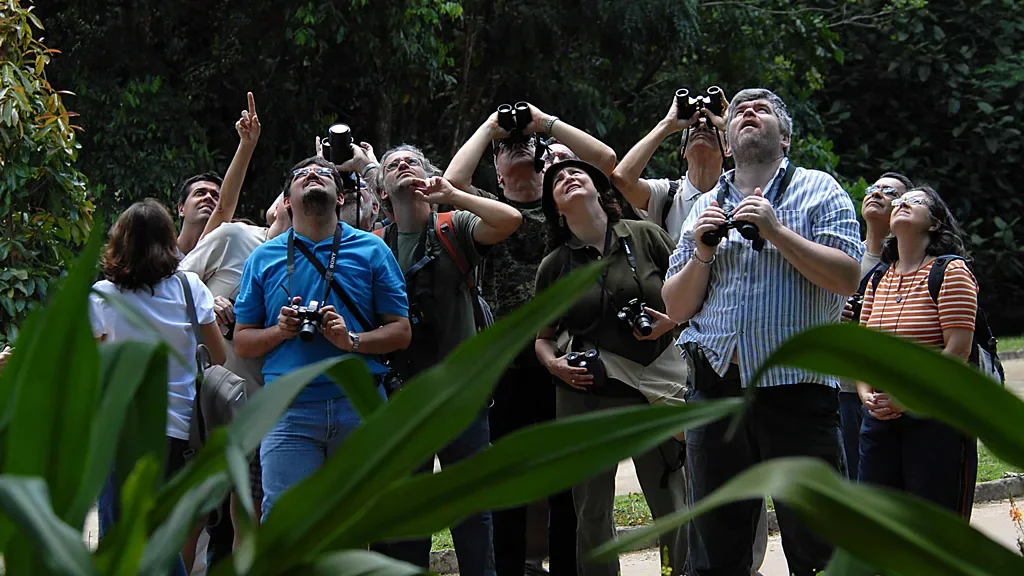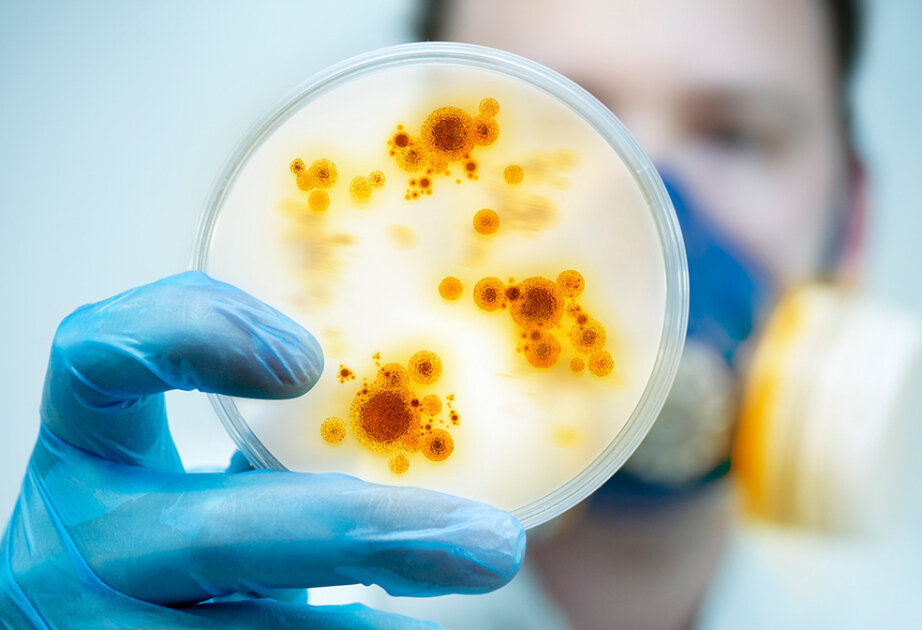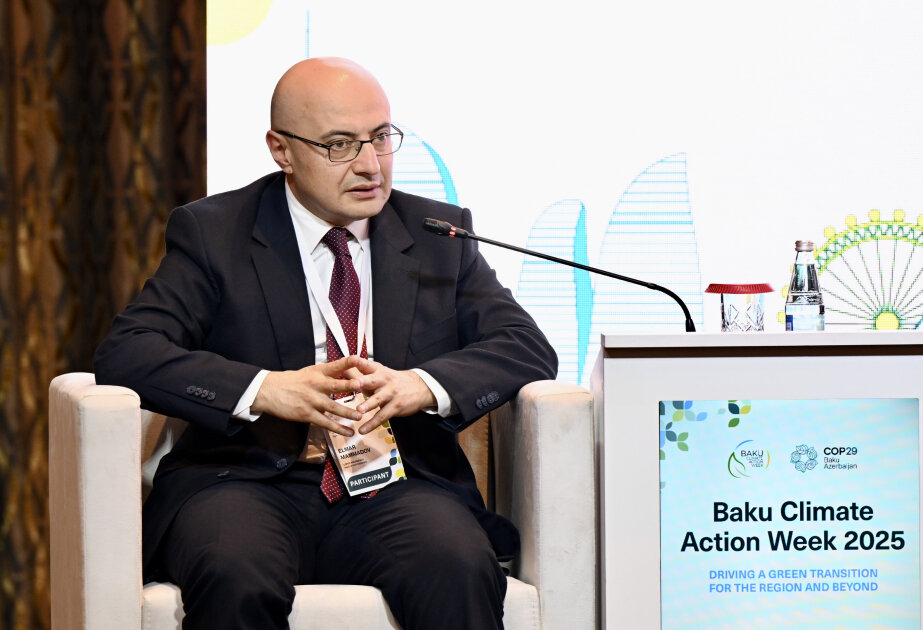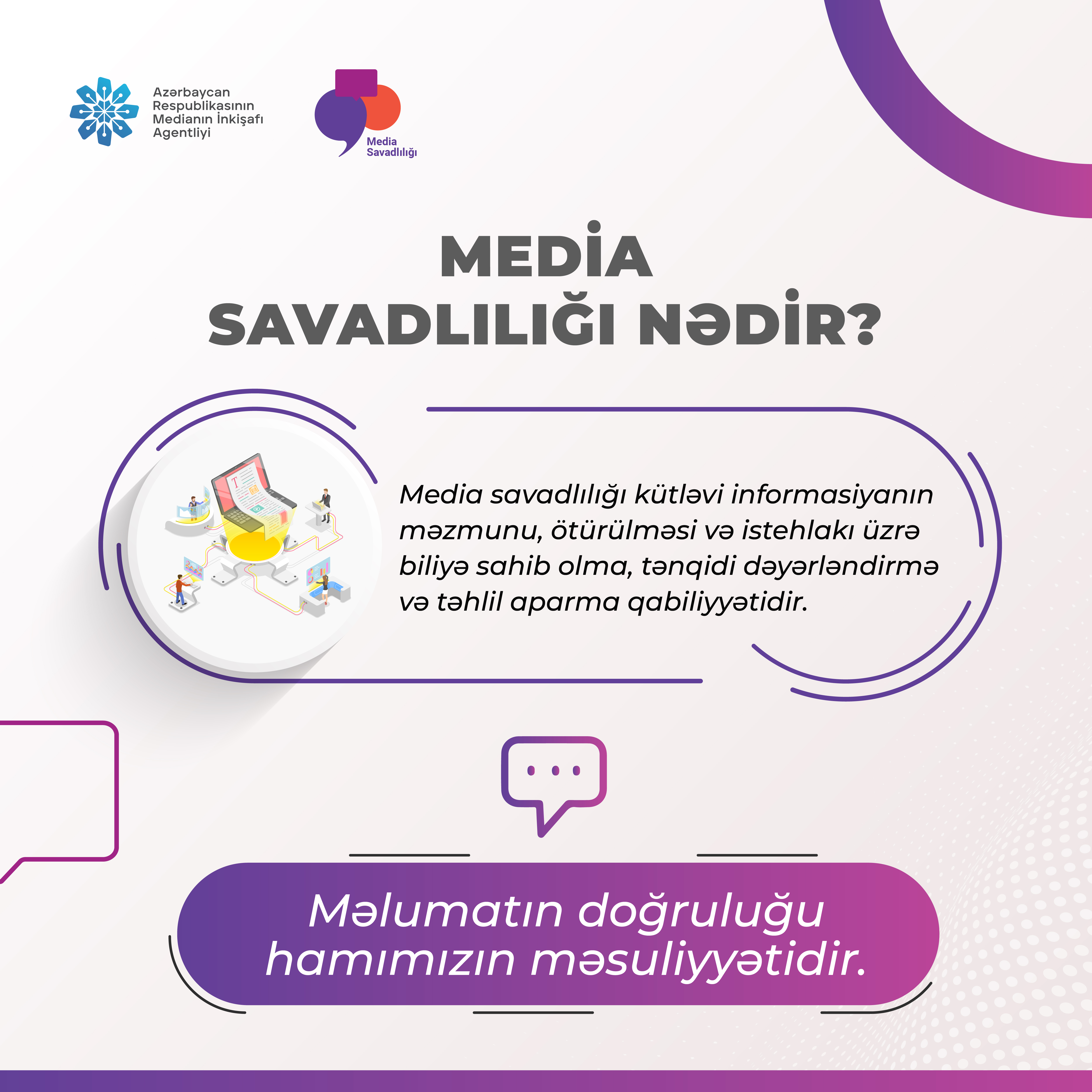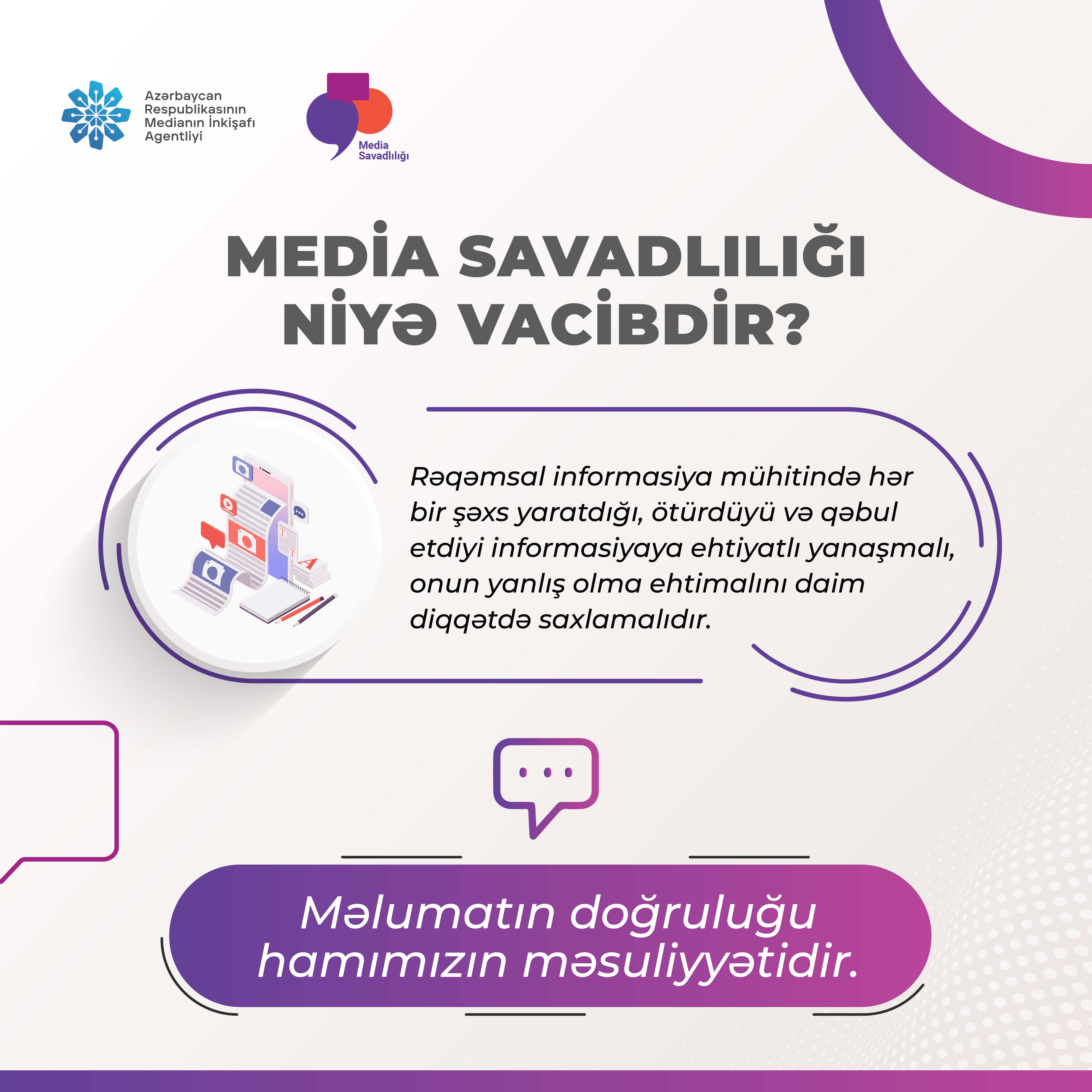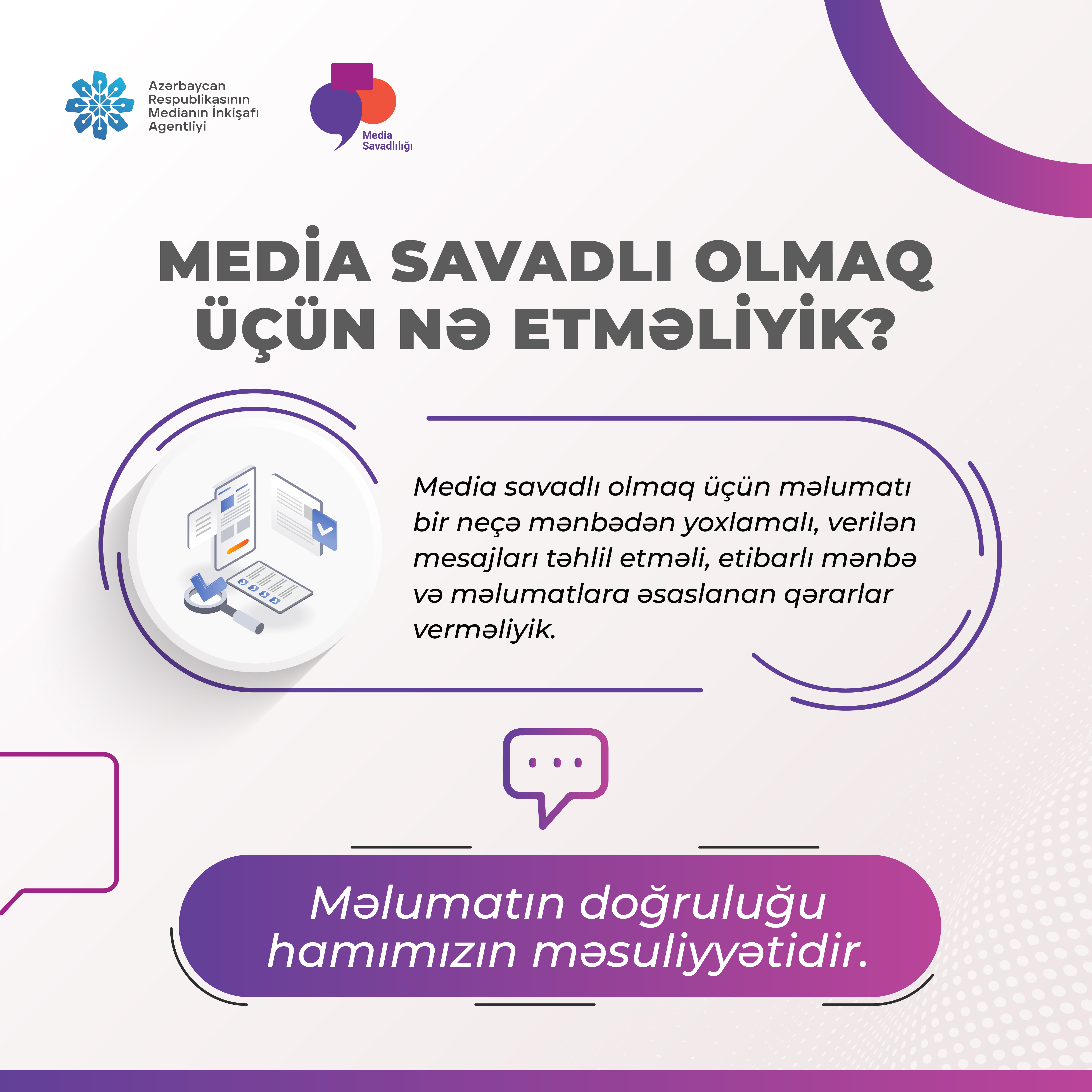Researchers develop green hydrogen production from contaminated wastewater
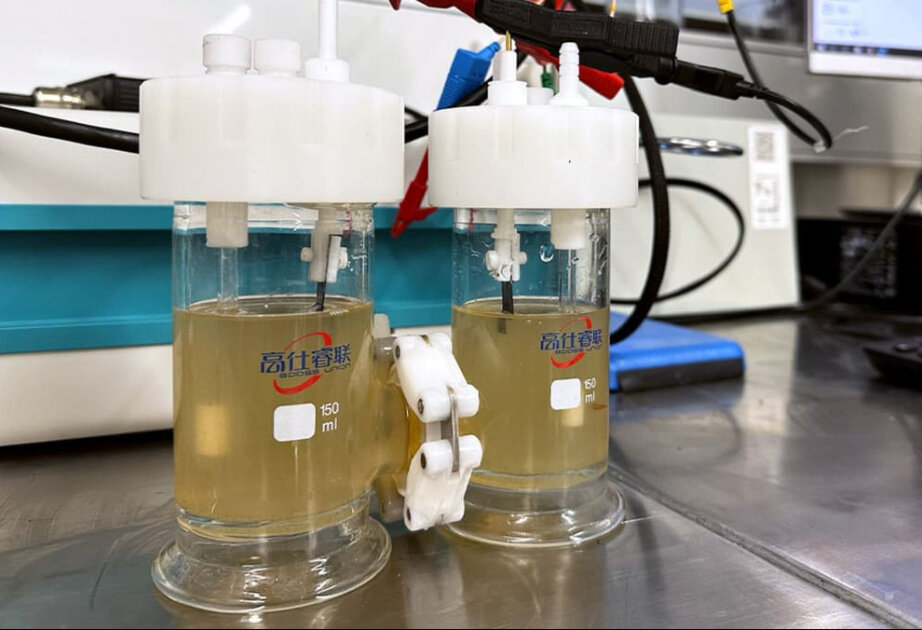 Researchers have developed a breakthrough method to produce green hydrogen from contaminated wastewater, according to Xinhua.
Researchers have developed a breakthrough method to produce green hydrogen from contaminated wastewater, according to Xinhua.
This pioneering process uses metal contaminants in wastewater, like platinum, chromium, and nickel, to speed up hydrogen production, reducing reliance on freshwater supplies, according to a news release by Australia's Royal Melbourne Institute of Technology (RMIT) on Thursday.
"The advantage of our innovation over others to produce green hydrogen is that it harnesses wastewater's inherent materials rather than requiring purified water or additional steps," said the study's lead author Nasir Mahmood from RMIT's School of Science.
The innovation uses electrodes made from agricultural waste to extract metals from wastewater and turn them into catalysts, enabling efficient hydrogen and oxygen production for 18 days in lab tests with renewable energy, Mahmood said, adding that the resulting oxygen can also be re-used to improve wastewater treatment efficiency.
Researchers are seeking industry and government partners to scale up their technology, which they say could tackle water scarcity and pollution, lower treatment costs, and generate clean energy.
The study, published in ACS Electrochemistry, a journal of the American Chemical Society, was conducted in collaboration with the University of Melbourne, the University of New South Wales in Sydney, and the Australian Synchrotron in Melbourne





